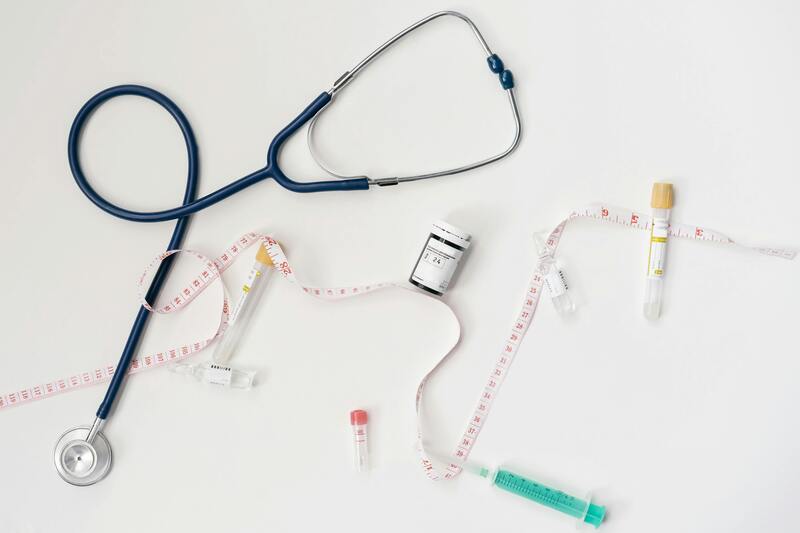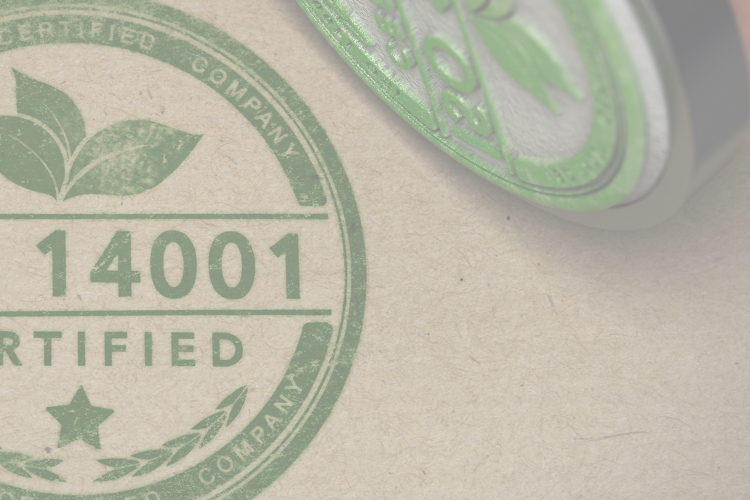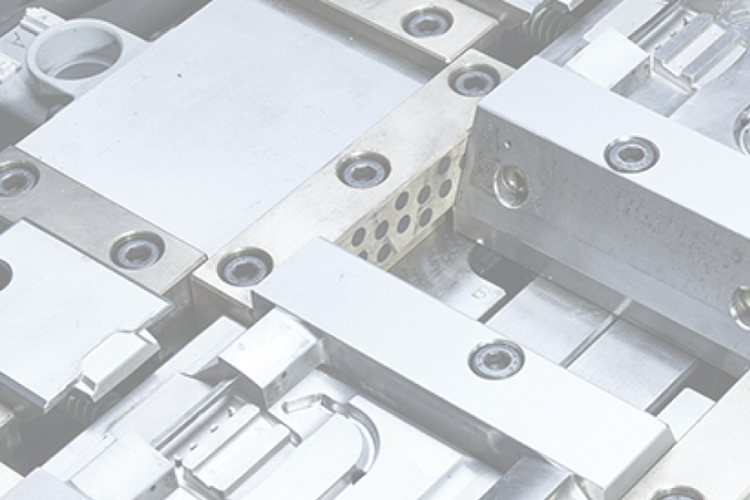What Is Medical Plastic Moulding And How Does It Work?
Reliability, safety and biocompatibility are the challenges manufacturers often struggle with when engineering healthcare components. In medical plastic moulding, the slightest imperfection can affect the overall performance of devices. Idea Stampi can help you find the solution you are looking for by turning challenges into opportunities, innovating moulds and experimenting with new materials.

Medical Plastic Moulding: A Brief Definition
When we think about the healthcare industry, the first thing that comes to mind is the use of specific devices to dose and dispense fluids and gasses. This is where medical plastic moulding plays a crucial role.
Thanks to a high-precision injection method, Idea Stampi is able to consistently manufacture large-scale sterile components for the medical sector. From diagnostic tools to surgical instruments, this technique allows achieving excellent results in terms of hygiene, safety, and reliability.
Discover more about medical injection moulding
Read here
How Does It Actually Work?
Medical plastic moulding consists in designing specialized moulds to produce medical components that are compliant with the FDA guidelines. Let’s discover how Idea Stampi carries out the entire process.
The Idea Stampi Medical Plastic Moulding Process
Our cutting-edge approach to medical plastic moulding is meticulous in ensuring the high quality of every single component.
These are the main phases we undergo when we manufacture a healthcare product.
- Feasibility Analysis: at the beginning of a new project, we assess the feasibility of the moulding process by discussing the design directly with the client. The goal is to determine that the part we are actually designing can be built using the injection technique.
- VISI Flow Moulding Simulation: using this advanced software, we plan the moulding process in detail. The integrated system perfectly locates the injection point, which is crucial to achieve a levered surface without imperfections.
- Fine-Tuning: following the simulation, the design is adjusted and the overall component’s functionality improved by modifying the dimensions, the material distribution, and other core parameters.
- 3D Design With CAD/CAM/CAE Software: this is a groundbreaking technology which helps you manufacture even the most complex details with the utmost accuracy.
- Production: after the design and prototyping steps, medical plastic moulds can be built by our engineers.
- Testing And Final Approval: each mould undergoes strict testing to be validated. Only after this phase, it is possible to proceed to full-scale production. At the end of the manufacturing process, the components are controlled one-by-one to ensure their quality standards.
Would you like to know more about plastic injection moulding of medical parts?
Read here
The Plastic Materials Used In Medical Devices
For the manufacturing of medical devices, it is fundamental to choose raw materials carefully. Plastic is largely used for the manufacturing of these tools as it can withstand stresses and corrosion, while allowing the flexibility of the component.
Idea Stampi works with these materials:
- PMMA (Polymethyl Methacrylate), the perfect solution for lenses and viewing windows in surgical instruments.
- PEI (Polyetherimide) is a preferred choice for sterilized, and heat-resistant tools.
- PPS (Polyphenylene Sulfide) is suitable for reusable medical devices that undergo frequent sterilization cycles.
- PC (Polycarbonate) can resist impacts, and it is ideal for instruments that are subjected to mechanical stress.
- PBT (Polybutylene Terephthalate) is a good solution for electronic medical equipment.
- POM (Polyoxymethylene) is usually used in highly precise medical plastic moulds for building gears and valves for health tech applications.
- PP (Polypropylene) is a versatile material, as it is largely used to manufacture both disposable and reusable medical components.
Would you like to know more about plastic materials for the medical sector?
Read here
The Applications Of Medical Plastic Moulding
Medical plastic moulding encompasses variegated materials to work with to produce the most diverse instruments for healthcare applications.
In fact, this method can be used to build sterile components for surgical equipment, such as forceps and scalpel blades, which need to be reliable and highly precise.
In diagnostics, too, injection moulding can reveal to be a valid ally in engineering cases for blood glucose monitors and parts of MRI machinery as it is a production technique which ensures the utmost safety in medical contexts.
Thermoplastic materials can be turned into components for implantable devices, where biocompatibility goes hand in hand with consistent performance over the years. However, medical plastic moulding can be employed to craft single-use items like vials, syringes, and tubes that can be disposed of immediately after the procedure they need to carry out.
As plastics are resistant and flexible all at once, they are a preferred choice for manufacturing accurate drug-dosing systems, as well as protective housings for electronic devices, and advanced prosthetics.
If you wish to know more about Idea Stampi medical plastic moulding technique
Contact us





